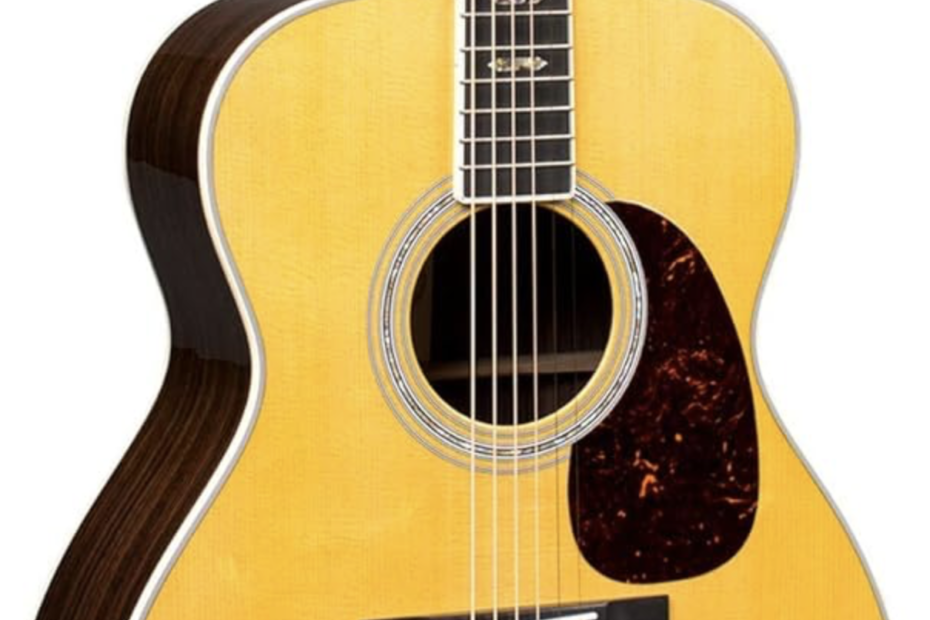If you’ve been playing guitar for a while, you’ve probably heard about alternate picking. It’s one of those fundamental techniques that can make a huge difference in your playing.
The basic idea is simple – you alternate between downstrokes and upstrokes instead of using just one type of pick stroke. But the benefits it brings to your playing are anything but simple.
Getting Help with Alternate Picking
 Let me tell you about a pick that’s been helping me with my alternate picking lately – the Dunlop Jazz III. This small, pointy pick might not look like much at first glance, but it’s become a favorite among players who want precision and speed.
Let me tell you about a pick that’s been helping me with my alternate picking lately – the Dunlop Jazz III. This small, pointy pick might not look like much at first glance, but it’s become a favorite among players who want precision and speed.
The compact shape gives you more control, and the stiff material helps with clean articulation.
When I first tried alternate picking, I struggled with consistency. My pick would get caught on strings, or I’d accidentally hit neighboring strings. The Jazz III’s pointed tip really helps glide through the strings smoothly. It’s made of a material called Ultex, which gives it just the right amount of grip without being slippery.
One thing I love about this pick is how it helps with economy of motion. Because it’s smaller than standard picks, you don’t need to move your hand as much. This means less fatigue during long practice sessions. The thickness (1.38mm in the standard version) gives you enough stiffness for clean picking without being too rigid.
Also Read:
Hot Sales Deals on Best Wah Pedals for 2025
Improving Your Technique
Alternate picking becomes much easier when your pick doesn’t fight against you. The Jazz III’s beveled edges help the pick move through strings with less resistance. This means you can focus on your technique rather than wrestling with your pick. I’ve noticed my speed improving since switching to this pick, especially when playing fast alternate-picked runs.
The pick’s small size does take some getting used to. At first, it might feel like you’re holding nothing at all. But after a short adjustment period, most players find they prefer the precision it offers. The textured surface helps keep it from slipping, even when your hands get sweaty during intense playing.
When practicing alternate picking with this pick, start slow. Focus on making each stroke sound even – downstrokes and upstrokes should have the same volume and tone. The Jazz III’s consistency helps with this because each stroke feels the same. There’s no weird flex or bounce that can throw off your timing.
Exercises for Alternate Picking
 One great exercise is to play simple scales using strict alternate picking. Start on a downstroke, then upstroke on the next note, and so on. The Jazz III’s pointed tip makes it easier to hit each string cleanly. Pay attention to keeping your picking hand relaxed – tension is the enemy of good alternate picking.
One great exercise is to play simple scales using strict alternate picking. Start on a downstroke, then upstroke on the next note, and so on. The Jazz III’s pointed tip makes it easier to hit each string cleanly. Pay attention to keeping your picking hand relaxed – tension is the enemy of good alternate picking.
As you get comfortable, try increasing your speed gradually. The pick’s design really shines here – it moves through the strings with minimal effort. But remember, speed comes from accuracy first. It’s better to play slowly and cleanly than fast and sloppy.
The Jazz III comes in several variations. There’s the standard red nylon version, a black version with more grip, and even carbon fiber models. I recommend starting with the standard version to see if you like the shape before exploring other materials.
Alternate picking isn’t just for shredders. Even if you play slower music, the technique helps your playing sound more even and controlled. The Jazz III works well for all styles – from jazz to metal. Its versatility makes it a great choice no matter what you play.
Sting Skipping
One unexpected benefit I’ve found is that the pick helps with string skipping. The small size makes it easier to navigate between non-adjacent strings. This is great for players who want to incorporate wide intervals into their alternate-picked lines.
If you’re serious about improving your alternate picking, consider getting a few Jazz III picks to keep in different places. I have one in my practice space, one in my gig bag, and one at my desk. Having them handy means I can practice whenever I have a spare moment.
Remember that no pick will magically make you a better player. The Jazz III is a great tool, but you still need to put in the practice. What it does do is remove some of the obstacles that can make alternate picking frustrating. With a good pick and focused practice, you’ll be amazed at how much your picking improves.
Consistent Playing
The key to mastering alternate picking is the following:

Subscribe to continue reading
Subscribe to get access to the rest of this post and other subscriber-only content.
